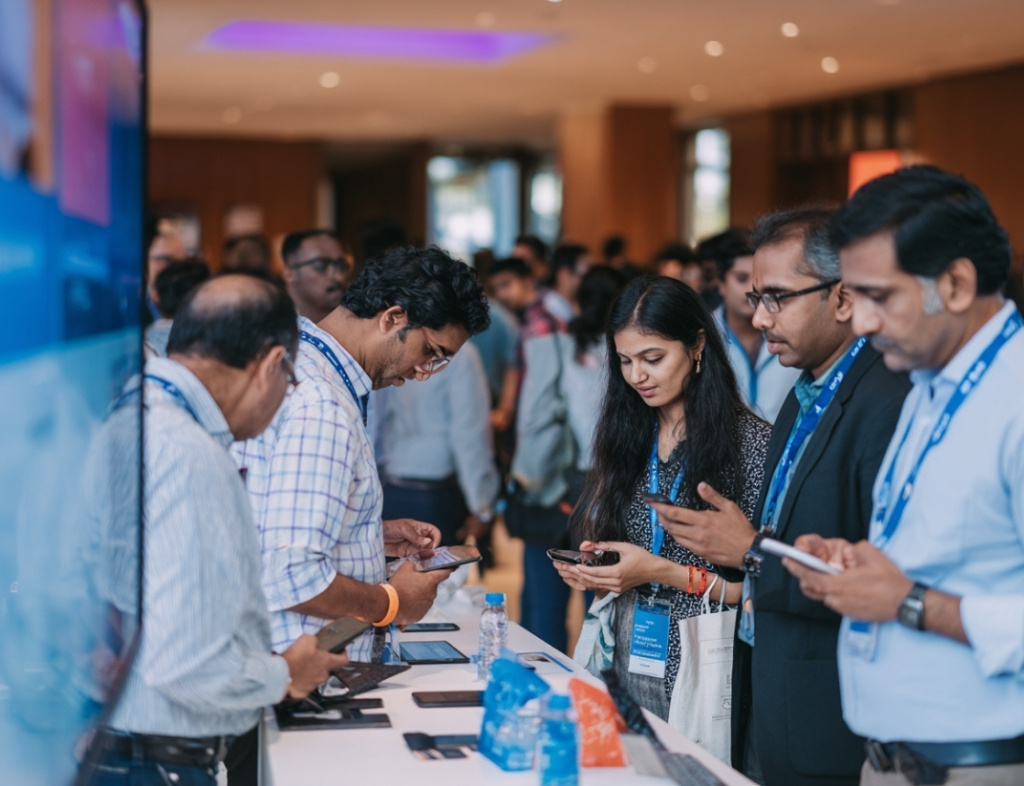In today’s highly connected business landscape, corporate events are no longer just about information sharing — they are about relationship building. Whether it’s a leadership summit, product launch, or industry panel, attendees expect more than just presentations and refreshments. They seek meaningful, high-value connections that can translate into future opportunities. This is where strategic networking design becomes essential.
Well-executed networking moments can turn a standard event into a catalyst for business development, partnerships, and professional growth. Here’s why networking is so crucial — and how to build events that enable it.
Why Networking Matters in Corporate Events
Business relationships often begin in informal, organic moments — a coffee break conversation, a shared table at lunch, or a chance meeting during event registration. These spontaneous exchanges can lead to joint ventures, talent hires, collaborations, and long-term partnerships.
In the age of digital communication, face-to-face networking remains the most powerful form of connection.
Networking also enhances the attendee experience. When participants leave having made valuable contacts, they associate the event with progress and opportunity — reinforcing its value and reputation.


Designing Events That Encourage Connection
Effective networking doesn’t happen by accident. It must be designed with intention. Here are several strategies to maximize interaction:
1. Structured Networking Sessions
Include speed networking rounds, themed breakout rooms, or curated group discussions. These formats remove awkwardness and help participants make relevant connections based on shared goals or industries.
2. Extended Breaks with Purpose
Don’t treat coffee breaks or meals as filler time. Design them with networking zones — standing tables, name badge color codes (e.g., by role or industry), or light entertainment — that prompt conversation without forcing it.
3. Mobile Apps and Digital Matchmaking
Event tech can be a powerful enabler. Apps that allow attendees to view profiles, schedule 1-on-1 meetings, or connect via QR codes make networking more targeted and efficient — especially in large events.

4. Panel Discussions With Open Q&A
Live panels with open mic Q&A sessions naturally create a shared discussion space. They give attendees context for conversations and provide a common thread to connect with others afterward.
5. Social and Informal Mixers
Evening mixers or post-event get-togethers allow for relaxed, unstructured networking. These moments are often where the strongest bonds form, free from the constraints of business agendas.
People may forget the keynote speech, but they’ll remember who they had a great conversation with.
Measuring Networking Success
Track engagement by reviewing app data, survey responses, or post-event follow-ups. Ask attendees if they made new connections or found value in the networking format. This not only helps improve future events but shows clients and stakeholders that your event delivered on both content and connection.
By integrating thoughtful networking design into your corporate event strategy, you not only increase ROI but also create a space where people truly want to return. Because in business, who you know — and who knows you — often makes all the difference.




